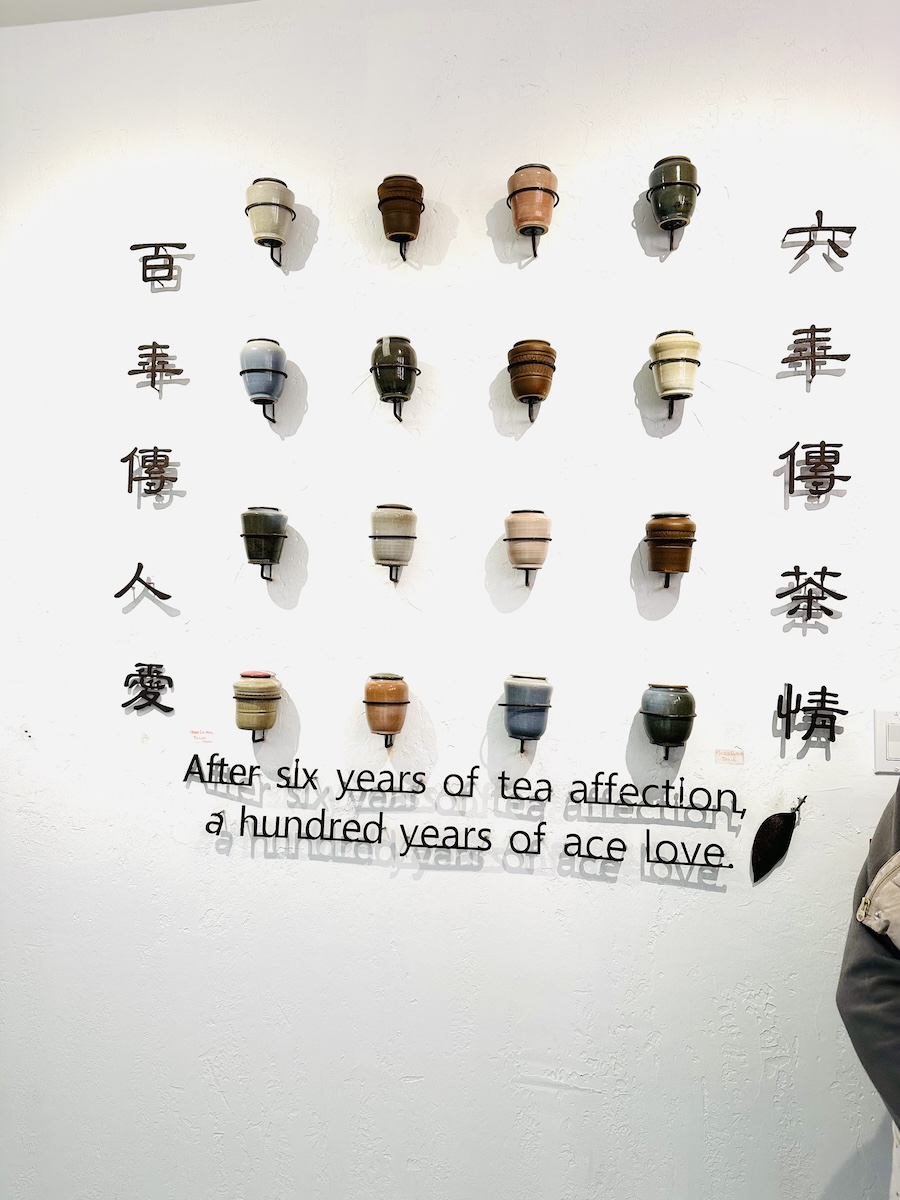The E-V22 haplogroup and its East Asian congeners, ancient and modern
[This is a guest post by Matthew Marcucci]
Population genetics is proving to be astonishingly useful in aiding the study of history, linguistics, archaeology, anthropology, and other disciplines. One means of studying ancient human migrations is analysis of the so-called yDNA haplogroup. In reviewing the modern-day distribution of my own yDNA haplogroup, I have come upon a fascinating contemporary Chinese lineage that may ultimately derive from an ancient or medieval Iranian or Caucasian source population.
Briefly, yDNA haplogroups result from the following basic process: All men inherit Y-chromosomal DNA from their own fathers. Random mutations in this yDNA are then passed on to the sons of those in whom they first occurred, and the process repeats ad infinitum. (An analogous process occurs in women's mitochondrial DNA, which is transmitted to both sons and daughters.) Through the approximate dating of these mutations, men can be differentiated into groups一so-called “haplogroups”一demarcated by their most-recent shared paternal-line ancestor. Here, for example, is a recent paper published in the Journal of Human Genetics that analyzes the yDNA haplogroup frequencies among modern Japanese men. A handy way to represent this pattern of genetic inheritance that ultimately links all men back to a “Y-chromosomal Adam” is by means of a phylogenetic “family” tree.
Read the rest of this entry »

